Script Artist of the Month: Chelsy Jiayi Wu
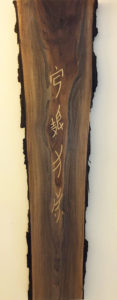 This month, I’m starting a new monthly Endangered Alphabets feature that will be launched on this blog, and archived in the relevant page of the Atlas of Endangered Alphabets. It’s all about calligraphy and type design–in indigenous and minority writing systems.
This month, I’m starting a new monthly Endangered Alphabets feature that will be launched on this blog, and archived in the relevant page of the Atlas of Endangered Alphabets. It’s all about calligraphy and type design–in indigenous and minority writing systems.
Here’s the point. If a script exists only in historical documents, engravings, and inscriptions, it is all too easy to assume it is no longer in use, and the culture that created it has also been lost.
But if that script can still be seen, and what’s more, if it can be seen in new, interesting and creative forms, it’s a sign of life, energy, passion, commitment. It not only shows that unfamiliar script to the world in striking and memorable ways, it shows the user community that their traditional writing is still alive, and they have not been forgotten.
My aim with this monthly feature is to present the work of calligraphers and type designers who are bringing imagination and energy to endangered alphabets, by researching, understanding and acknowledging their traditions, but also adding the expressiveness and individuality that is one of the features of a living script.
Our first guest artist is Chelsy Jiayi Wu, one of two type designers who, unknown to each other, have been studying and designing a Sans version of Nüshu, the only script in the world to have been developed and used exclusively by women. (Read more about Nüshu HERE. The other designer is Lisa Huang, whose work can be found HERE.)
This is extraordinarily valuable yet difficult work: very little information about Nüshu is readily available, and great tact and skill is needed to balance such a strongly traditional script with a contemporary spirit of expression.
Chelsy is a designer from Tokyo + Shanghai with a background in Comparative Literature & Society and Psychology from Columbia University. Merging her interdisciplinary interest in languages and human-centered design, she is a strong advocate for the preservation and empowerment of endangered scripts and languages in the digital sphere. Her work can be seen at www.chelsywu.com and she can be contacted at chelsyjwu@gmail.com.
Chelsy writes:
“NVSHU SANS is a conceptual font design project born out of a class called Global Language Justice at Columbia University, my alma mater. Nüshu is an ancient script developed and used exclusively by Chinese women of Jiangyong county located in the southwestern Hunan Province of China. In the last century, the script has fallen virtually out of use, and the passing of its last writers had sealed its fate as an endangered “historic” script. I conceptualized the first-ever heiti (equivalent to “sans-serif”) font for Nüshu with the hopes of imagining new ways to breathe life back into this ancient script. My intention is to promote and encourage the digitization and standardization of Nüshu to ensure its digital and cultural vitality for years to come.”
Chelsy sent me designs of the phrase “Thank you all” in varying weights of NVSHU SANS, so I could select one for inclusion in my forthcoming exhibition of carvings that all display that phrase. The image at the head of this post is my version of her work.
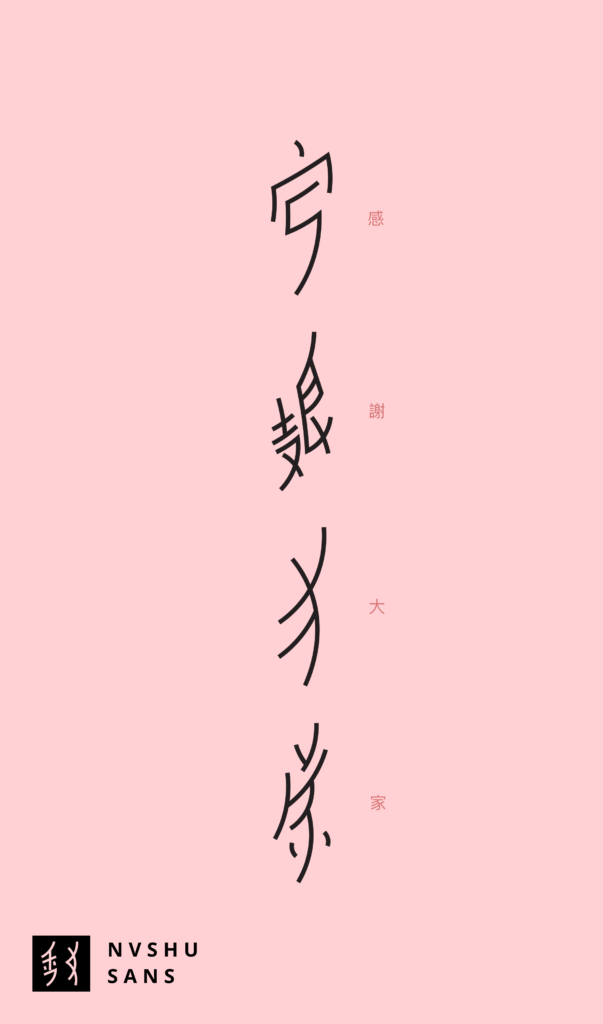

This post is sponsored by our friends at Typotheque, Letterjuice, and Solidarity of Unbridled Labor.

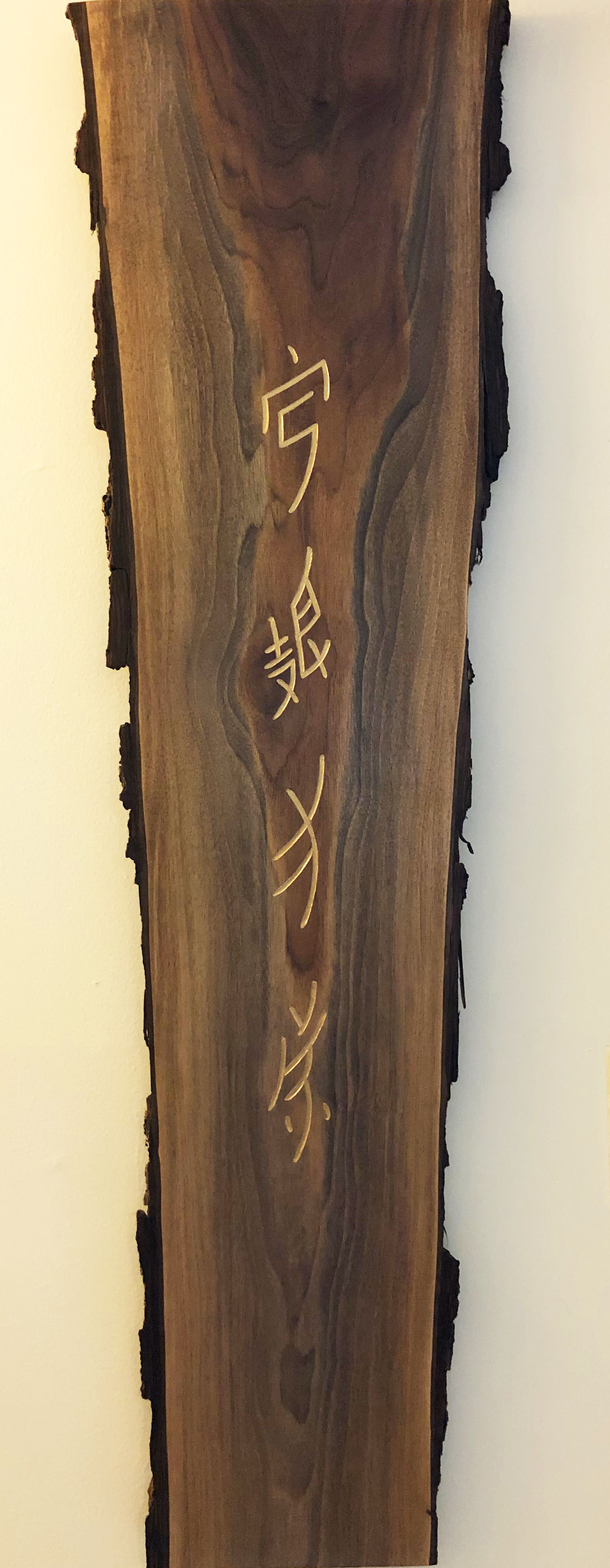
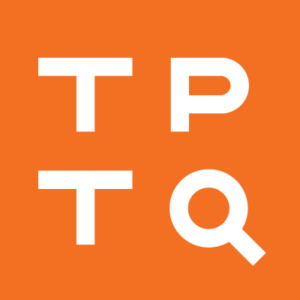

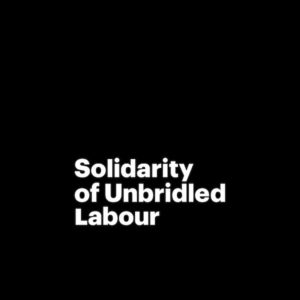
May 9, 2020 @ 11:43 pm
The only difference I can discern in the 3 nushu types is thickness of the characters. Am I missing something?
May 9, 2020 @ 11:52 pm
No, not at all. When type designers create fonts, they typically try to offer a variety of weights–bold, medium, light, often italic if the script has a tradition of italics. The skill, especially in this case, lies in examining a wide range of handwritten versions of each character and then trying to create a core edition that is faithful to the original uses of the character but is not so bland it loses all sense of expressiveness. And then offering that character in a range of styles and weights so the user can in turn be expressive with it.